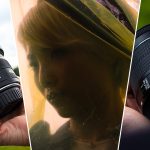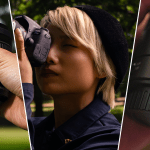In this article, we’re going to compare the Canon EF 50mm f1.4, with the Canon EF 50mm f1.8. The f/1.4 is significantly more expensive than the f/1.8, so the question is, what can each lens do, and is the extra money spent really worth it?
Let’s dive in.

Aperture & Focal Length
As you can tell from the name, both of these lenses have a fixed focal length of 50mm, which makes them prime. The advantage of prime lenses is that they tend to be sharper than variable aperture lenses.
The 50mm focal length is considered to be great for basically any application, as the lens is not too wide, but it’s not a tele lens either. When mounted on an APS-C camera, in other words, a camera with a cropped sensor, its effective focal length changes to 80mm.
This is because a cropped sensor has the effect of zooming the image in somewhat. In the case of Canon cameras, the zoom is exactly 1.6x, so 50mm x 1.6 = 80mm
85mm is actually considered to be the standard focal length for portraits, so the fact that this lens gets close to that means that it can achieve some great results when photographing people.
Why is this? Each focal length causes some level of distortion, and 85mm is considered to be most flattering for human faces.
Aperture
What about the aperture?
So the more expensive lens opens up to f/1.4, and the cheaper one opens up to f/1.8. Rather counterintuitively, the lower the number, the wider the aperture actually opens, which allows in more light, and blurs the background further.
So at f/5.6, a lens allows in less light, and produces less background blur, compared to when it is open to f/1.4.
Difference
Ok, so how big is the difference? Is a difference of 0.4 that much?
Well, yeah. So in terms of the amount of light, the f/1.4 lens allows in 66% more light, compared to the f/1.8 lens, when they’re both wide open. Additionally, f/1.4 means significantly more background blur, compared to f/1.8.
The amount of background blur also depends on the focal length of a lens, and the distance between you, the subject, and the background, but in the case of these two lenses, when wide open, the Canon EF 50mm f1.4 allows in more light, and produces blurrier backgrounds.
In terms of minimum focusing distance, the f/1.4 will allow you to get as close as 1.5ft, or 45cm, and the f/1.8 will allow you to get as close as 1.15ft, or 35cm.
What does this mean?
Any lens will have a minimum distance from the subject, at which it can focus. If you get closer than this, you won’t actually be able to focus. In the case of these two lenses, rather surprisingly, the cheaper Canon EF 50mm f1.8 will allow you to get closer, up to 35cm.
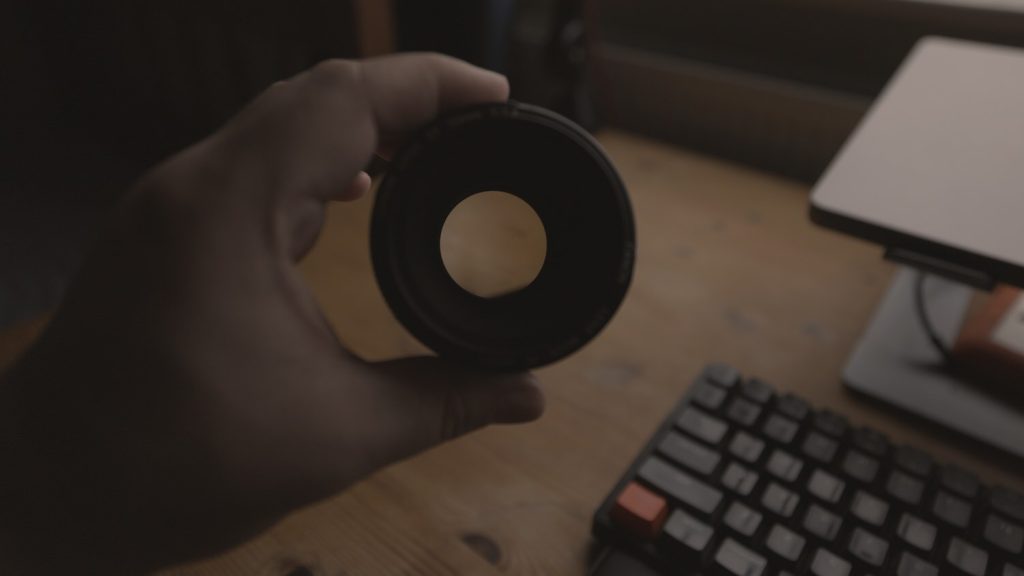
Size & Build
What about physical size, and build quality?
The Canon EF 50mm f1.4 measures 2.9″ x 2.0″, and weighs 10.2 oz. This is equivalent to 73.9mm x 50.5mm, and 290g. The Canon EF 50mm f1.8 measures 2.7″ x 1.6″, and weighs 5.7oz. In metric, this is 69.2mm x 39.3mm, with a weight of 160g. So the f/1.4 lens is somewhat larger, and beefier.
In terms of build quality, the f/1.4 feels sturdier. The f/1.8 feels a bit plasticky, unfortunately.

Image Quality
What about image quality? How do these lenses perform? Before I show you some photos I’ve taken with each, let’s talk about what they’re good for.
Low Light
First off, these lenses are very useful in low-light scenarios. Because they can open as wide as f/1.4 and f/1.8, this allows in more light, which means that you can shoot closer to sundown, whilst introducing less noise into your images.
If you compare these lenses with something like the Canon EF-S 18-55mm kit lens, which can only open as wide as f/3.5, the Canon EF 50mm f1.4 and EF 50mm f1.8 lenses will fare better in low light, giving your more time to shoot.
The fact that they open up wide, thus allowing in more light, also allows you to use a faster shutter speed. The higher your shutter speed is, the more you can freeze motion. As a result, if you’re photographing wildlife, sports, or fast-moving subjects, a lens like this will give you a far easier time capturing your subject, as opposed to a lens which allows in less light.
The more light you can absorb, the higher your shutter speed; thus, fast motion can be frozen more easily.
Additionally, the wide apertures on these lenses also create beautiful blurry backgrounds. As mentioned before, there are other variables at play, such as the distance between you, the subject, and the background, and also the focal length of the lens, but when speaking about aperture, the lower the number is, the blurrier the background.
Sharpness
What about sharpness?
When wide open, both lenses are sharper in the centre than they are in the corners. This is common for more budget lenses, and it’s not really an issue, as most of the time, your subject will not be in the edge of the frame.
Vignetting
How about vignetting?
Yeah, there’s some of that. Vignetting manifests itself as somewhat dark corners in photos. This isn’t a problem, as vignetting can be interpreted as a creative choice, and it actually works really well for portraits, as it adds more depth, and it allows you to focus on the person’s face.
Chromatic Aberration
What about chromatic aberration?
Chromatic aberration is most noticeable in photos taken in the evening, and it usually manifests around straight lines. If you zoom in, you’ll be able to see some green, or purple lines, along the straight lines in the photos.
This is usually only something that photographers notice, so you don’t have to worry about it. These lenses do exhibit it sometimes, but again, it’s not really a problem for the vast majority of people who will look at your photos.
Finally? Do these lenses have IS, or image stabilisation?
Image Stabilisation
Unfortunately, no. Neither of them does. That would be amazing, but if you want wide apertures with image stabilisation, you’re going to have to pay up a bit more than the price of either of these lenses.

It’s important to note that with most camera bodies, neither of these lenses are great for handheld video, due to the lack of IS. In the case of the videos I’ve just shown you, I used a Canon R5, which has in-body image stabilisation, or IBIS.
If I hadn’t used that camera body, the videos would have been a lot shakier. Also, the fact that the footage is shot at 120fps gives us slow motion, which also gives the impression of smoother footage.
Compatibility
So, what cameras are these lenses compatible with? They’ll basically work on most Canon DSLRs, with an EF or EF-S mount. They won’t work on EF-M or RF mounts, unless you use an adaptor.
Vlogging
What about vlogging? Are they good for that?
Well, if you hold your camera in your hand a lot, not really. The reason is that at 50mm, they’re quite zoomed in. This is, even more the case if they’re mounted on an APS-C camera.
If you tend to vlog with your camera stationary though, then they’d work just fine, as you’ll be able to put a bit of distance between you and the camera.
A different issue which might arise in this scenario though, is that of audio. The further away you are from the camera, if you’re using a shotgun mic, the noisier the audio will be, as it will pick up more of the environment.
It’s worth bearing this in mind.
Another perk of using either of these lenses to vlog, is that they can open up quite wide, so you’ll be able to vlog in more locations, as light won’t limit you quite as much.
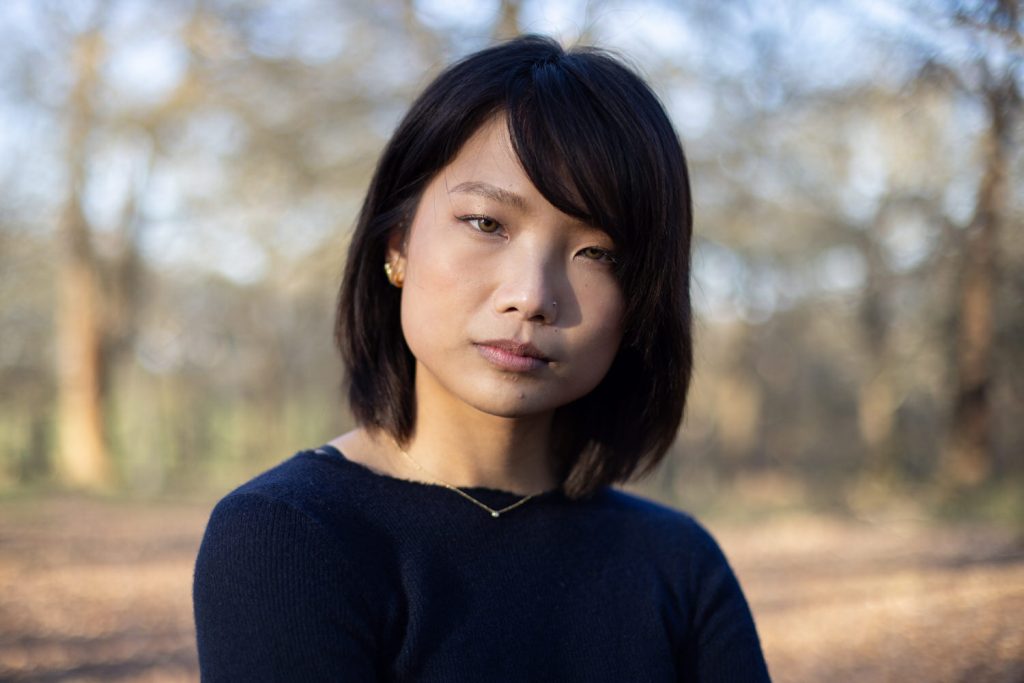
YouTubers
What about YouTubers? Can they use this lens?
Yup, especially if you’re using a tripod. Again, the same pros and cons apply, as with vlogging. They allow in loads of light, and you get beautiful blurry backgrounds, but you have to put space between you and the lens, and also you have no IS.
Applications
What are these lenses good for, in terms of applications?
If used on an APS-C camera, like a Canon 77D for example, you’re basically at 80mm, so in that case, they’re great for portraits. This is probably the main use they get, from most photographers.
These lenses are quite versatile though, so they can basically be used for anything from product photography, to landscape photos.
Control
How easy are these lenses to handle? They both have the usual AF/MF switch on the side, which allows you to alternate between autofocus, and manual focus.
Additionally, they both have manual focus rings which turn smoothly. It is important to note that after a few years of use, the manual focus rings won’t be quite as smooth as they were when new.
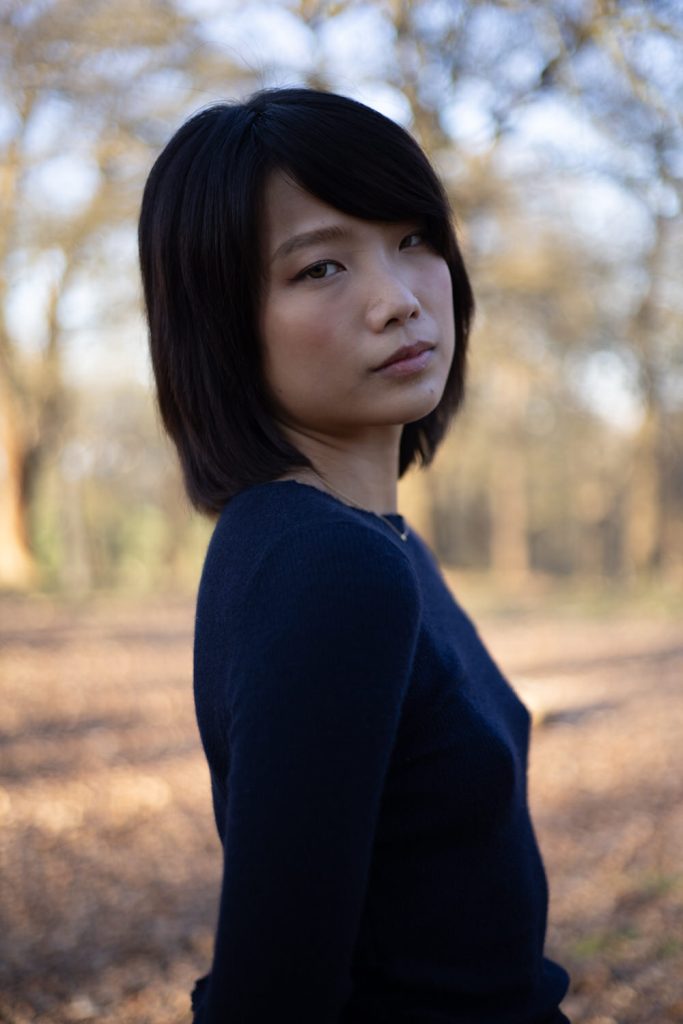
Longevity
How about longevity? How durable are these lenses?
Erm, I’d be careful with them. The Canon EF 50mm f1.4 feels a bit more solid, but both seem to be relatively fragile. You can get UV filters to protect the glass element, or you can get lens hoods for them.
I’d generally be careful with them.
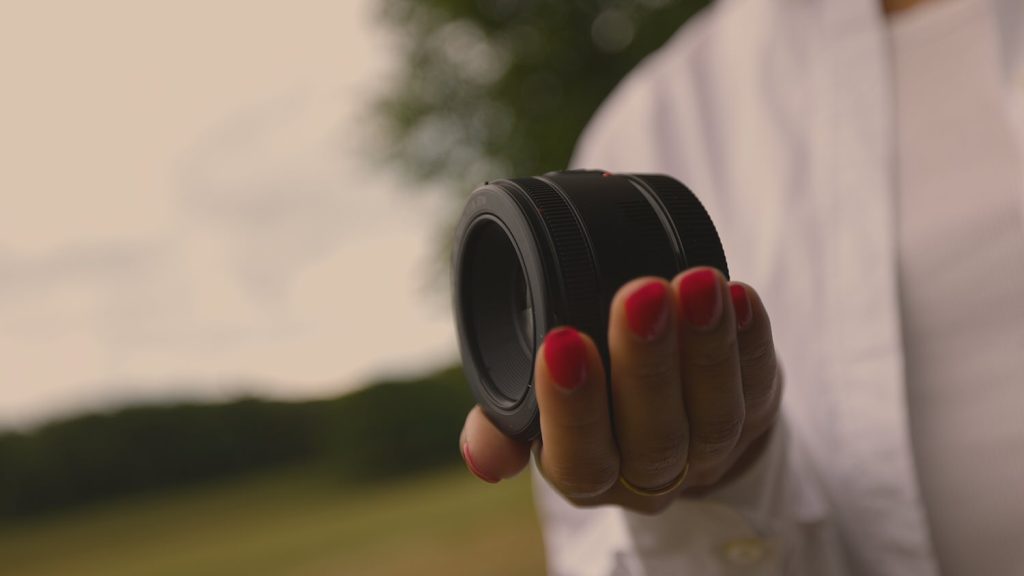
Conclusion
So, in conclusion, which one should you buy?
Both of these lenses open up quite wide, which allows for a lot more light. The fact that they have a focal length of 50mm means that they are useful in many scenarios.
These two facts put together make both of these lenses very versatile. The fact remains that the f/1.8 lens is a lot cheaper than the f/1.4. I’m not going to specify prices, as they can differ from country to country, but if you want to check how much they cost where you are, I have affiliate links down below.
If you’re just getting started, or want to buy a portrait lens so that you can start doing some headshots, I’d recommend getting the Canon EF 50mm f1.8 lens first.
It’s a lot cheaper, and it produces nice blurry backgrounds. Not as much as the f/1.4 of course, but enough that you’ll be able to get paid.
Once you start making more money, you can consider upgrading to the f/1.4.
Other Links
If you’ve already learnt a bit about photography and videography, and you’d like to graduate to something more mid-range, feel free to have a look at the lens review playlists on my YouTube channel.
I’ve reviewed all sorts of lenses, from the Canon EF 50mm f/1.4 and EF 50mm f/1.8, to the Canon RF 15-35mm f/2.8 L IS USM, and Canon RF 85mm f/1.2 L USM.
If you’d like to purchase any of the items I’ve mentioned in this article, or see how much they cost in your country, I have a link down below where you can view them.
Thank you for reading my comparison review of the Canon EF 50mm f1.4 vs Canon EF 50mm f1.8 STM. I invite you to have a look at some of my other articles. We have something for everyone, whether you’re interested in audio, or cameras and lenses. Alternatively, if you prefer video reviews, feel free to have a look at my YouTube channel.
Product Links
Down below you will find all of the items I talked about in this article.

